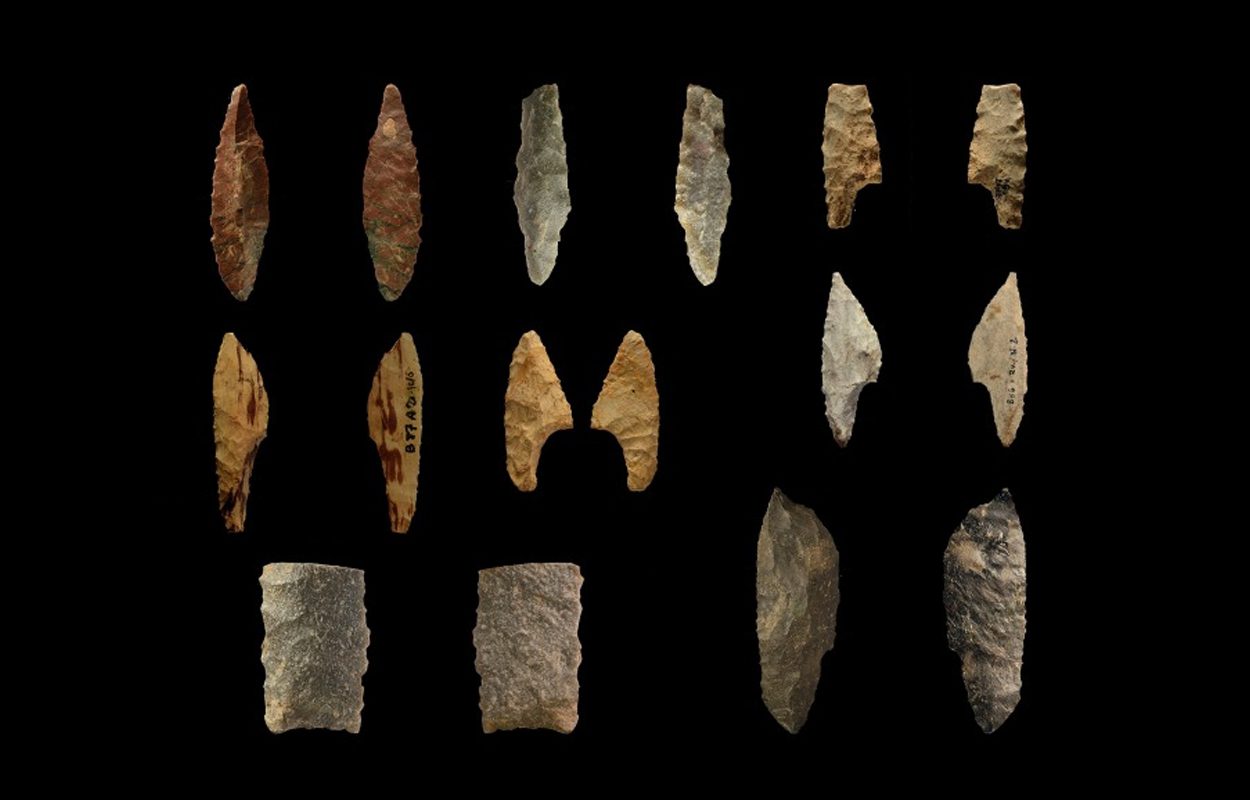Researchers from UNED and the Autonomous University of Madrid (UAM) have found evidence of adhesives being used to fasten lithic hunting heads to arrow shafts approximately 20,000-years-ago.
In a paper, published in the Journal of Archaeological Science : Reports, scientists have analysed Solutrean points found in the El Buxu cave, located in the Principality of Asturias, Spain.
The cave contains prehistoric art from the Solutrean and Magdalenian period, including depictions of animals such as horses and deer, as well as geometric shapes referred to as tectiformes, that might be early depictions of ancient hunting traps.
Archaeologists conducting excavations in the cave proved the existence of several Palaeolithic occupations, indicated by tools such as burins and endscapers made from quartzite and flint.
A palaeontological study of macro-mammals suggest that the cave was a seasonal site for hunting young deer (Cervus elaphus) during spring, as well as goats (Capra pyrenaica) and chamois (Rupicapra rupicapra).
A study of lithic hunting heads found in the Solutrean levels was conducted using an infrared (IR) microscopy analysis, indicating that Palaeolithic hunters used a mixture of pine resin and beeswax as an adhesive to fasten the heads to arrow shafts.
According to the researchers, this is the first evidence of remains of adhesives used in this type of Solutrean point, where adhesives were found on the dorsal face of the projectile at the junction of the notch with the tip.
Reporting on the discovery, Professor Francisco Javier Muñoz from UNED, said: “Pine resin is a very strong glue but would be very brittle when faced with the blows that the tips would receive during their use, that is why it was mixed with beeswax to create a much more elastic adhesive”.
https://doi.org/10.1016/j.jasrep.2023.103901
Header Image Credit : UNED





